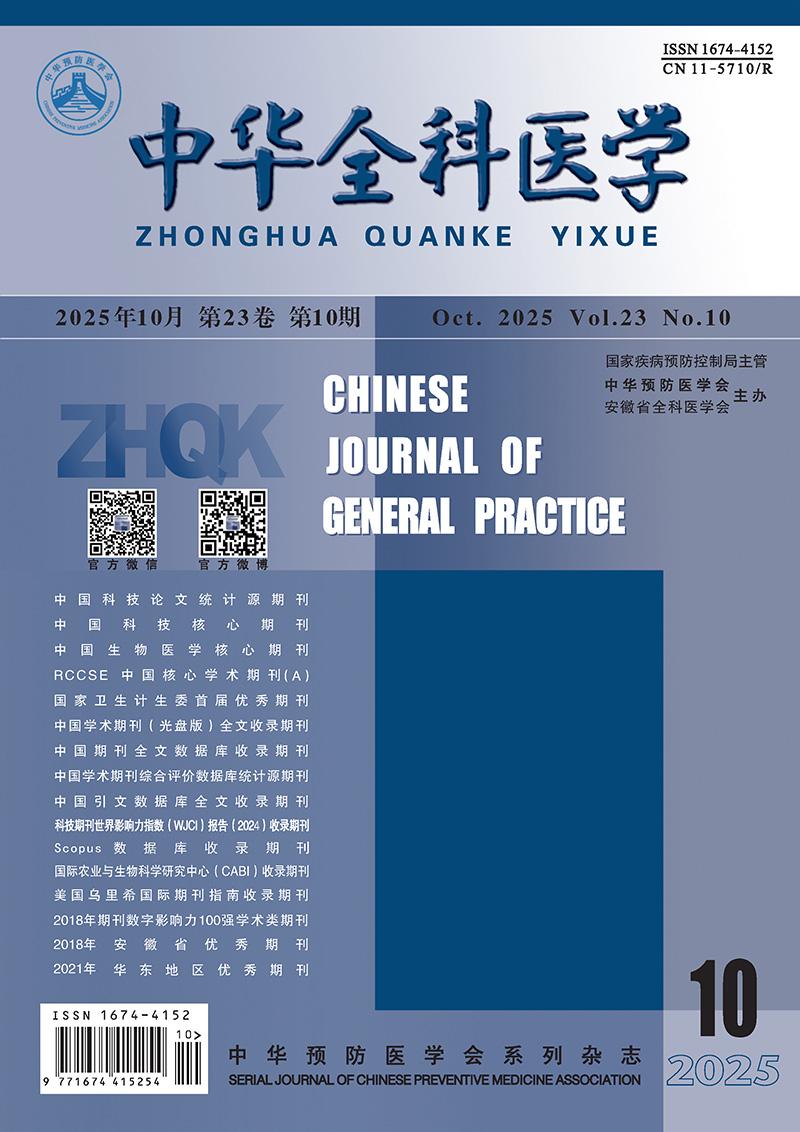Abstract:
Objective The rabbit kidney was injected with different concentrations of isoproterenol, and the influence of renal pelvis pressure and vital signs was monitored to explore the optimal perfusion concentration. Methods A total of 60 New Zealand male white rabbits were divided into four groups randomly: A, B, C and D, with 15 rabbits in each group. Among them, A, B and C were the experimental group and D was the control group, 1.0, 0.9, 0.8 μg/mL isoproterenol solution were respectively used for renal pelvis perfusion in the experimental group, while group D received normal saline. Renal pelvis pressure, mean arterial pressure, heart rate and blood drug concentration at the beginning of perfusion, 0, 4, 8, 16, 25 min following perfusion were recorded. Results Three white rabbits died due to excessive anesthesia, one for each group A, B and D, and the experimental data of 57 white rabbits were obtained. After renal pelvis perfusion, the renal pelvis pressure increased in all four groups, and the difference between the experimental groups and the control group was statistically significant (P < 0.05). The renal pelvis pressure of groups A, B and C began to decrease after 4 minutes of perfusion, and the renal pelvis pressure of group D continued to increase after perfusion. The difference in renal pelvic pressure among the four groups at 4, 8, 16, 25 min was statistically significant (P < 0.05). At 16, 25 min, the differences between groups A, B, and C were statistically significant (P < 0.05). After 4 minutes, the mean arterial pressure, heart rate and blood drug concentration of the experimental groups were higher than those of the control group, and the differences were statistically significant (P < 0.05). Conclusion Isoproterenol can reduce the renal pelvis pressure when injected into the rabbit kidney as perfusion solution, more obvious when the concentration was 1.0 μg/mL, but it affects the blood pressure and heart rate of rabbits, whereas the concentration below 1.0 μg/mL is safe.


